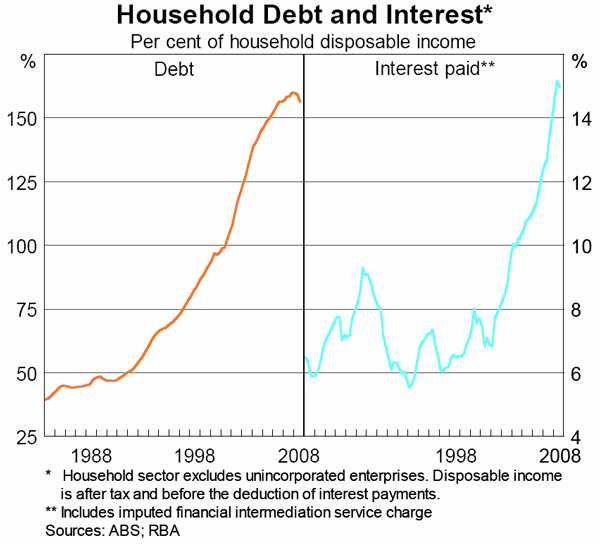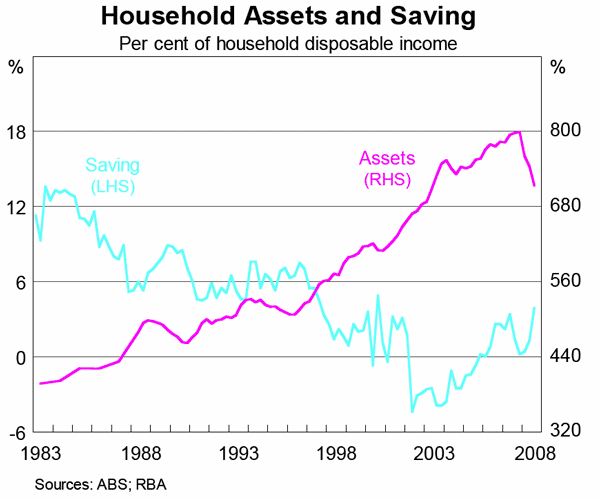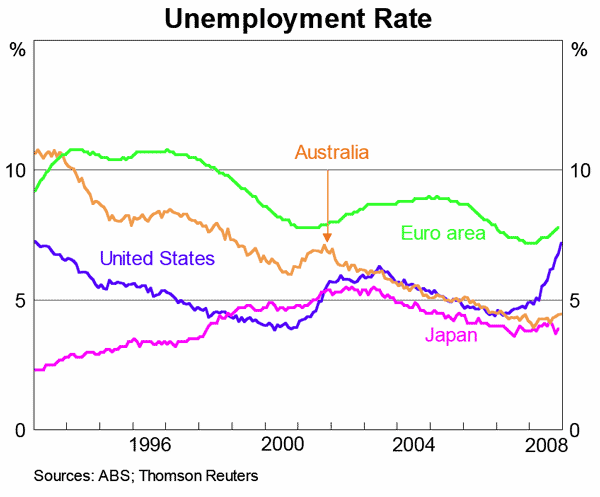The current economic downturn provides an opportunity for governments at all levels to make investments that can enable the Australian economy to take a higher, sustainable, growth path.
There are a number of assumptions that the following article makes; the first is that most innovative government policy making should be at the state level, not the federal one. Our federal system is designed to encourage policy competition between jurisdictions, the federal government should foster this as the Keating government did. The vast majority of economic levers that will determine future prosperity lie with the states, whether it be education, health, urban planning, land use, environment, transport and so on. It is the states, not the federal government.
Second, the Australian economy is not in need of immediate fiscal stimulus. Official figures do not indicate that the economy is deteriorating rapidly. Unlike many other OECD (Organisation for Economic Cooperation and Development) nations, Australia’s economic sectors are not badly indebted: the government sector has virtually zero debt, household debt is largely underpinned by assets, and corporate debt is still reasonable in spite of asset decreases of 50 per cent.
Advertisement
Further, past neo-liberal regulation in Australia has meant that all our banks are well capitalised, still lending and profitable. Of the 10 banks with a AA credit rating or higher in the world, four are Australian. And of course, Australia is coming off a number of boom years that mean any slowdown is relative. When unsustainable growth ends, as we were told Australia was experiencing in 2007, sustainable growth can feel like a downturn.

Greater stimulus can be achieved through loosening monetary policy

Household debt is underpinned by assets and savings

Advertisement
Australia’s growth in recent years has been significantly above long term growth rates, as demonstrated by sales of household goods
In January, the economy produced 1,200 jobs, and unemployment remains at generational lows of less than 5 per cent. These figures do not, on their own, demand the introduction of the largest fiscal stimulus package in our nation’s history.

Discuss in our Forums
See what other readers are saying about this article!
Click here to read & post comments.